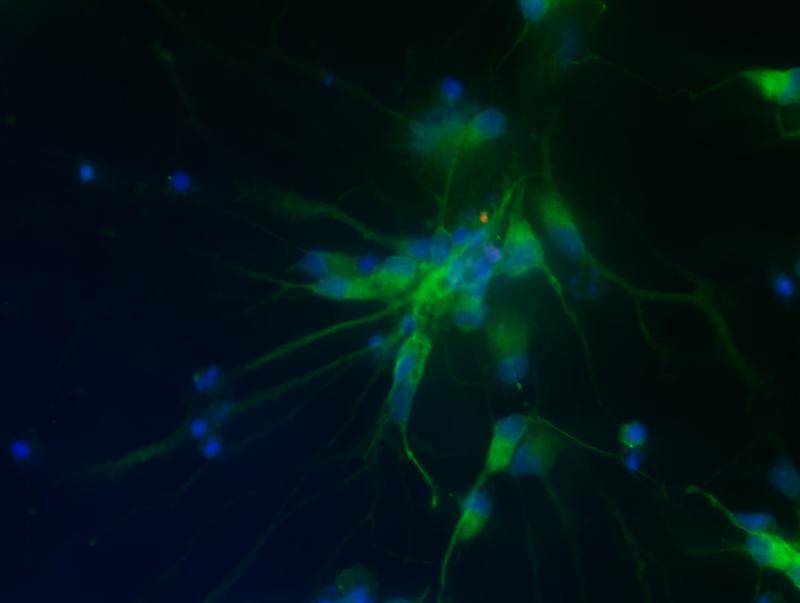How aging drives neurodegenerative diseases
A University of Cologne research team has identified a direct molecular link between aging and neurodegeneration by investigating how age-related changes in cell signalling contribute to toxic protein aggregation
Although aging is the biggest risk factor for neurodegenerative diseases, scientists still don’t fully understand which age-associated molecular alterations drive their development.
Using the small nematode worm Caenorhabditis elegans, a research team led by Professor Dr David Vilchez at the CECAD Cluster of Excellence for Aging Research set out to uncover the links between aging and neurodegeneration by studying a signalling pathway that leads to pathological protein accumulation with age. Their new study was published under the title “The aging factor EPS8 induces disease-related protein aggregation through RAC signalling hyperactivation” in Nature Aging.
The team focused on the aging-associated protein EPS8, and the signalling pathways it regulates. This protein is known to accumulate with age and to activate harmful stress responses that lead to a shorter lifespan in worms. Researchers now found that increased levels of EPS8, and the activation of its signalling pathways, drive pathological protein aggregation and neurodegeneration – typical features of age-associated neurodegenerative diseases such as Huntington’s disease and amyotrophic lateral sclerosis (ALS). By reducing EPS8 activity, the group was then able to prevent the build-up of the toxic protein aggregates and preserve neuronal function in worm models of these two diseases.
“We are delighted to uncover a molecular mechanism that could shed light on to how aging contributes to diseases like ALS and Huntington’s,” says first author Dr Seda Koyuncu. “For years, we’ve known that age is the major common risk factor for different neurodegenerative diseases. However, how exactly age-related changes contribute to these diseases remain largely unknown. This study may contribute to fill in a part of that puzzle.”
Importantly, EPS8 and its signalling partners are evolutionarily conserved and also present in human cells. Similar to what they achieved in the worms, the team was able to prevent the accumulation of toxic protein aggregates in human cell models of Huntington’s disease and ALS by reducing EPS8 levels.
“It’s incredibly exciting that the mechanisms we uncovered in C. elegans are also conserved in human cell models,” says Professor Dr David Vilchez, highlighting how the use of simpler model organisms like the nematode worm can prove extremely useful to uncover disease mechanisms relevant to humans.
While it is still unclear how exactly the increased EPS8 activity leads to toxic protein aggregation, these findings help to fill in a major gap in the field by identifying a direct molecular link between aging and neurodegeneration. Even more importantly, they bring attention to EPS8 and its signalling partners as promising targets for future therapies aimed at slowing or preventing disease progression in ALS, Huntington’s disease, and, potentially, other age-related brain disorders.
Wissenschaftlicher Ansprechpartner:
Professor Dr David Vilchez
+49 221 478 84172
dvilchez@uni-koeln.de
Originalpublikation:
https://www.nature.com/articles/s43587-025-00943-w
Weitere Informationen:
https://www.uni-koeln.de/en/university/news/news/press-releases/single-news/wie-das-altern-neurodegenerative-erkrankungen-vorantreibt
https://www.vilchezlab.com/
https://www.cecad.uni-koeln.de/home
Die semantisch ähnlichsten Pressemitteilungen im idw


